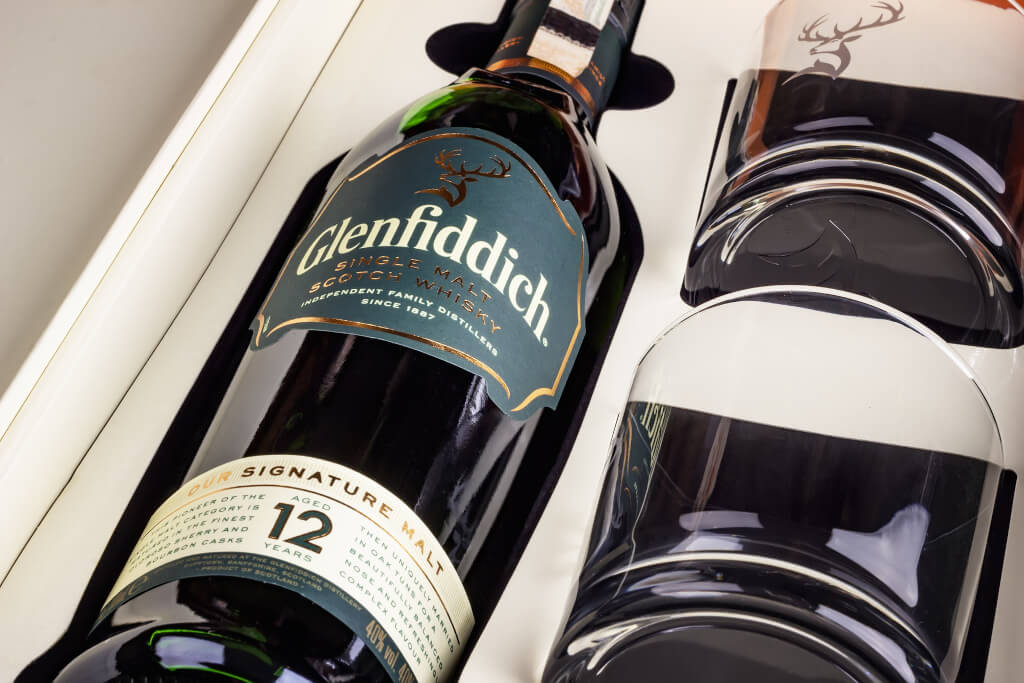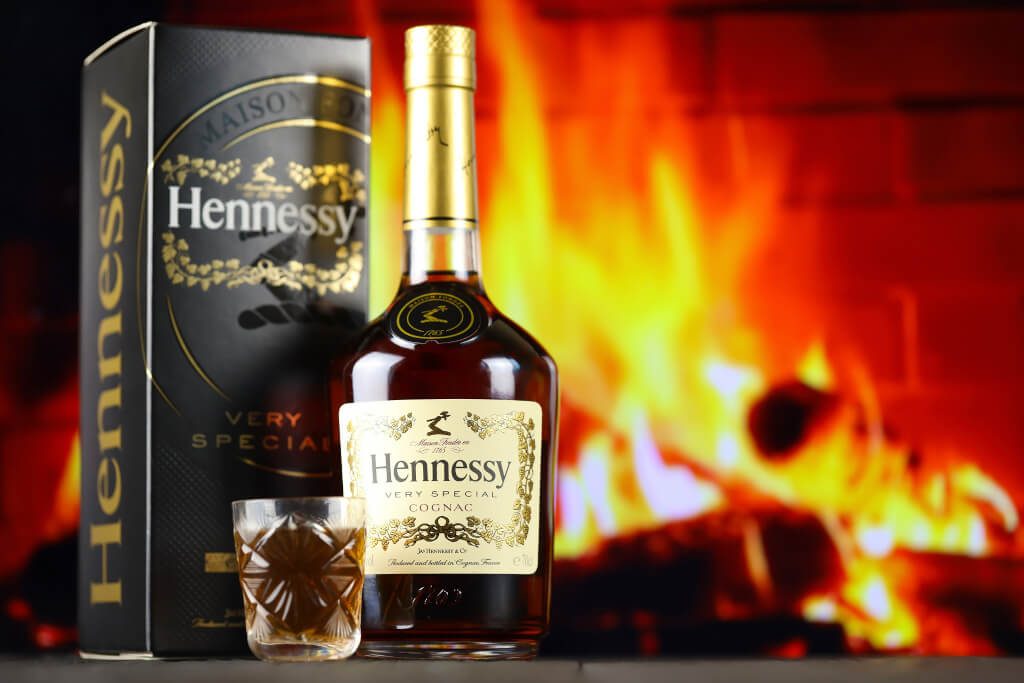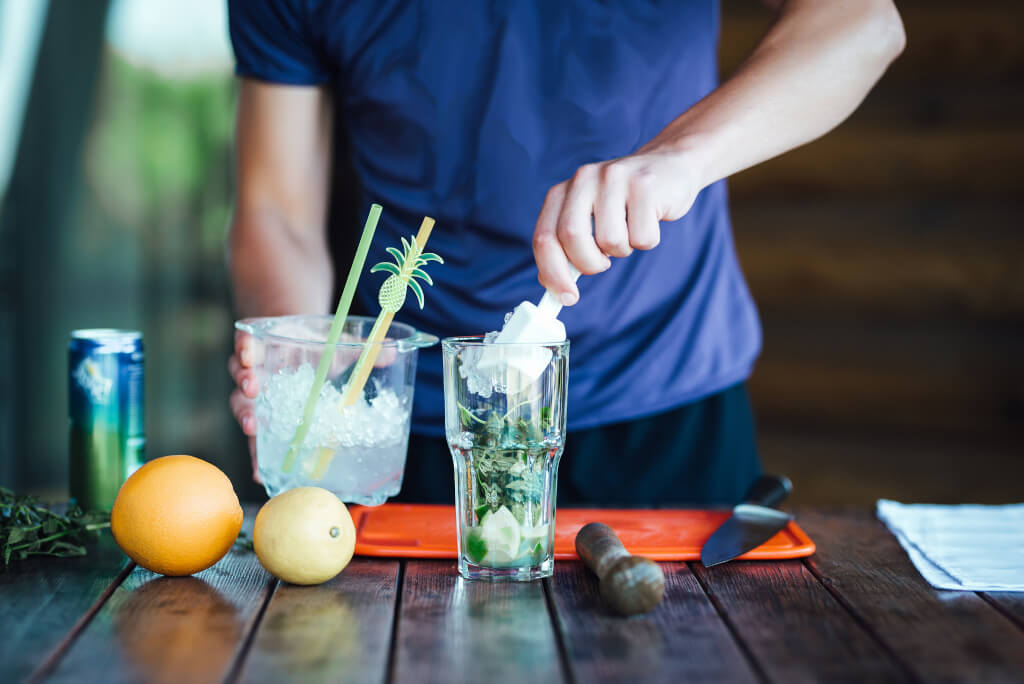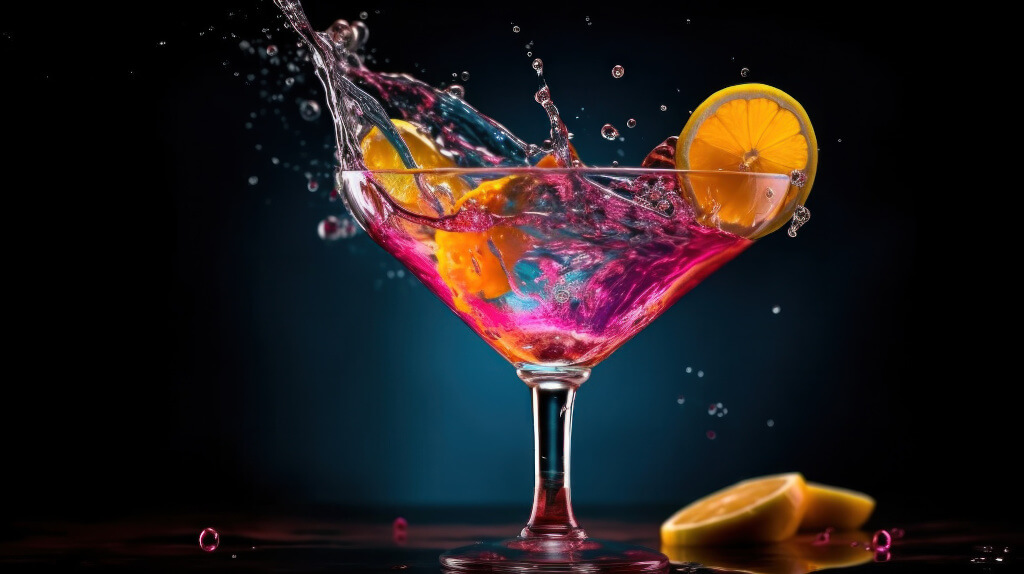Single malt whiskey is made from a single malted grain (usually barley) by a single distillery. Single-malt Scotch whiskey is the most well-known type, serving as an inspiration for similar beverages produced elsewhere. Other nations outside Scotland that produce excellent single malts are Ireland, Japan, the United States, and Canada. Single malt production and sales are on the rise around the world, with strong growth happening in India, the United States, France, Germany, Spain, and Singapore. Single malts are more expensive than blended whiskies, so most people either drink them neat or save them for special drinks.
Can You Describe the Flavour of a Single Malt?
One of Scotch’s many selling points is that this question can’t be satisfactorily answered. It looks like there’s something tasty and fashionable for everyone!
Scotch varies in flavour depending on the region of Scotland it was distilled in and the methods employed by the distillery. Because each distillery puts its own stamp on its single malt, you can find a wide range of flavours even within the same distillery’s offerings. Something aged for only eight years, for instance, will have a significantly simpler flavour profile than a single malt matured for eighteen. If I were to list every conceivable flavour, you would be here all day.
However, you can classify scotches into flavour profiles generally based on where they were produced. You can use this information while you shop for a bottle.
The largest and most northern part of Scotland is called the Highlands. Different tastes are difficult to categorise. There is a wide variety of flavours, from fresh and fruity to dark and salty to sweet and rich. Dalmore, Ardmore, and Oban are a few examples.
Speyside is the most prosperous area in Scotland, located just south of the Highlands. Speysides are typically lighter and brighter, making them ideal for enjoying on a warm day. You may feel as though you’ve stepped into a spring meadow or an apple orchard. However, they also feature a sexier, grittier underbelly. Some brands include The Macallan, Glenfiddich, and The Glenlivet.
- Green: grass, herbs, and mint Light spices Orchard fruit: apples and pears Honey or caramel cream
- Light and delicate, scotches from the Lowlands are sometimes referred to as “the Lowland Ladies” due to their subtle floral and perfume-like aromas.
- Perfume Notes of Citrus, Apple Blossoms, and White Flowers
- The Islands have a honeyed, smoky, and heathery aroma that varies from island to island. Jura, Talisker, and Highland Park are a few examples.
- Smoked Peat, Smoked Heather, Honey, and Sea Salt
Islay is famous and easily recognizable for its robust smokey peat and crystal clear saltwater saline. Flavours can be fragrant, spicy, or medicinal, depending on the type of peat that was utilised. You may pick up aromas like smoked pork, brine, moss, or iodine. Lagavulin, Ardbeg, and Laphroaig are a few examples.
- Peat-smoked meat, fish, or leather; hot chili pepper, cinnamon, and other spices; the antiseptic “hospital smell”
- Green moss or flora rich in iodine
- Sea salt and brine from Campbeltown, Scotland, have distinctive flavours of salt, vanilla, and damp wool. Toffee and dried fruit are also present. Similar to Islay, Campbeltown scotches have a very distinct flavour. Glen Scotia, Springbank, and Glengyle are a few examples.
- Fragrances of Toffee or Vanilla, Smoke, Salt, and Wet Wool
Choosing the Right Single Malt Whiskey: What to Look for
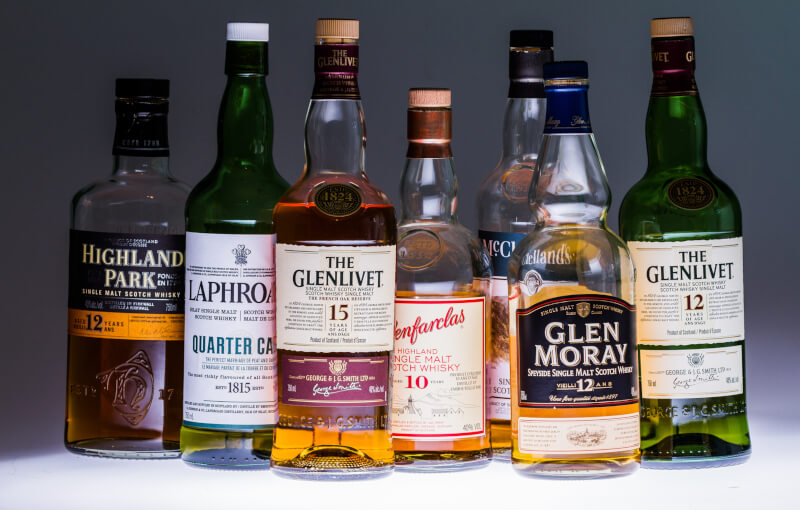
While most distilleries won’t divulge their recipes, they will talk about the flavours you can expect to find. Read the tasting notes while considering a purchase of whiskey. You can use these tasting notes as a roadmap to the whiskey’s potential flavours.
How Does the Price of Single Malt Compare to Other Whiskies?
There are typically two main elements that affect the price of a bottle of whiskey: the cost to produce the whiskey and the demand for it. It seems to reason that whiskey with a longer maturation time will cost more to produce (especially when accounting for alcohol lost to evaporation during the aging process, aka The Angel’s Share).
Because most distilleries mature their single malts for longer than their blends (the latter of which rarely include an age statement on the label), the former can be more expensive than the latter.
Another reason the price of single malt whiskey is higher than that of other varieties of whiskey is that it is highly prized by collectors and aficionados.
How Much Time Does It Take to Fully Develop?
whiskey made from a single malt The minimum amount of time that Scotch whiskey must be matured in oak casks before it may be sold is three years. This legislation applies to blended Scotch whiskey as well. While that’s the bare minimum for aging, the rich, complex flavours for which it’s known require much more time.
Single malt whiskey production and aging regulations can be murkier outside of Scotland. In the United States, for instance, the category of single malt is so young that the standards for its manufacturing have not yet been established. The current regulations in Scotland are different from the proposed American definition. However, American distillers would just need to use malted barley in one distillery and wouldn’t have to let their spirit age for three years.
Separate Grains
The word “single malt” is often used interchangeably with “single grain,” however the two are not the same thing at all. The’single’ in both words relates to the law that each whiskey must be manufactured at a single distillery, so they do have something in common. Single-grain whiskies, on the other hand, need not be made from malted barley. It’s possible to employ malted or unmalted cereals, such as wheat, maize, or rye. Therefore, single-grain whiskies are typically of lower alcohol content and have more fruity flavours than smokey ones.
The distillation process for single-grain whiskies is distinct from that of single malts. Traditional pot stills are used to distill single malts, while column stills (or Coffey stills) are used to distill single grains. The primary purpose of a pot still is to create a flavorful product in small batches. However, column stills allow for the mass production of high-proof whiskey. Therefore, with a few notable exceptions, single-grain whiskies are typically blended with malts to produce blended scotch whiskey.
How Cold Should Scotch Be?
Scotch, unlike many other alcoholic beverages, is best served at room temperature. Serving your single malt at room temperature will bring out its full flavour, and keeping your Scotch in the fridge will diminish its aroma and quality.
Can You Tell Me About the Glass You Use?

A regular whiskey tumbler might be the preferred glassware for any respectable Scotch drinker. It’s the ubiquitous vessel depicted in media depictions of Scotch consumption. Scotch enthusiasts, however, are often in disagreement. A tulip-shaped glass is ideal for your dram. Two factors account for this:
- Whiskey may be safely swished around in it without worrying about spilling.
- The fragrances are concentrated near the glass’s rim.
If you want to get the most out of your dream, it’s worth the effort to track down a tulip-shaped glass, which is not always easy to come by.

